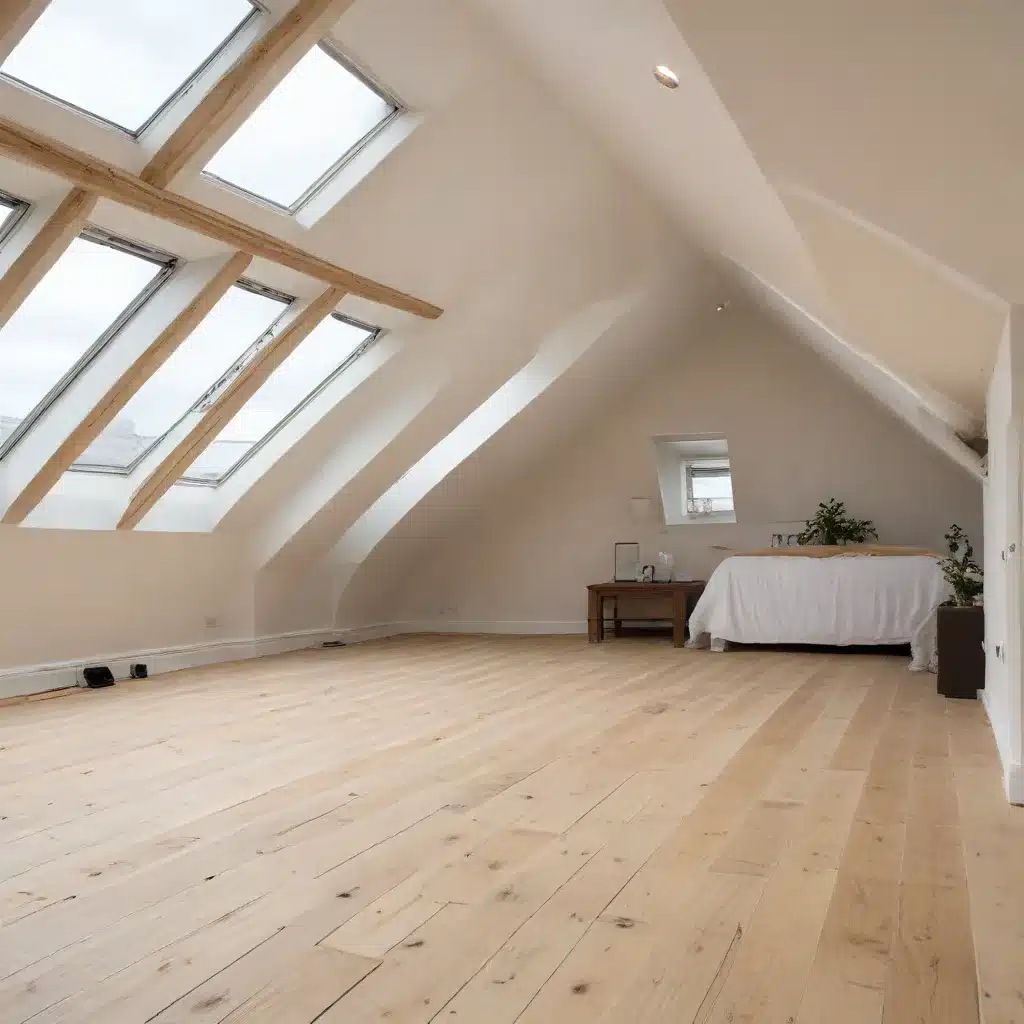
Understanding the Importance of Ventilation
Ventilation is often an overlooked aspect of home renovations, yet it plays a pivotal role, especially in loft conversions. Ensuring proper airflow is not just about comfort; it’s about creating a healthy living environment, free from issues like mold, dampness, and stale air. At Local Builder London, we understand the intricacies of loft conversion ventilation. Through our years of experience, we’ve seen the transformative impact of well-ventilated spaces, not just on the loft itself but on the overall well-being of its occupants.
At its core, ventilation is about ensuring a continuous flow of air, replacing stale indoor air with fresh outdoor air. This circulation helps in regulating temperature, preventing the build-up of excessive heat during summer or cold spots during winter. Proper ventilation also plays a crucial role in controlling moisture levels, as inadequate ventilation can lead to condensation, which, if left unchecked, can result in mold growth and structural damage. Additionally, a continuous flow of fresh air helps in removing pollutants, allergens, and odors, ensuring good air quality, especially in a loft space where insulation and sealing can be tight.
Addressing Common Ventilation Challenges in Loft Conversions
Loft conversions, while offering a plethora of benefits, do come with their unique set of challenges when it comes to ventilation. One of the most evident signs of poor ventilation is the growth of mold and mildew, which not only looks unsightly but can also pose health risks, especially for those with respiratory conditions. Condensation, often seen on windows or colder surfaces, is another common issue, leading to water damage and the deterioration of building materials. Stale or musty odors can also be a telltale sign of inadequate air circulation, making the loft space less pleasant to occupy. Worst of all, poor air quality resulting from insufficient ventilation can lead to a range of health issues, from allergies to respiratory problems.
Optimizing Ventilation Strategies
Achieving optimal ventilation in a loft conversion requires a blend of techniques tailored to the specific needs of the space. Natural ventilation, which relies on the natural flow of air through openings like windows and vents, can be a highly effective solution. Strategically placed windows, especially those that can be opened, and passive vents that allow for continuous airflow, can help regulate moisture and temperature.
For spaces where natural ventilation might be limited, mechanical systems come into play. Extractor fans, commonly used in bathrooms or areas with higher humidity, actively pull out moist air, reducing the risk of condensation. Integrating a Heating, Ventilation, and Air Conditioning (HVAC) system can offer a comprehensive solution for temperature control and ventilation.
In some cases, a combination of natural and mechanical methods, known as hybrid ventilation, offers the best results, ensuring consistent airflow while also addressing specific challenges like humidity.
Regulatory Considerations
Ensuring proper ventilation in a loft conversion isn’t just about comfort and health; it’s also a regulatory requirement. In the UK, Building Regulations Part F focuses on ventilation requirements for residential properties, stipulating the minimum standards for ensuring adequate air quality and moisture control.
The regulations define specific ventilation rates based on the purpose of the room. For instance, bathrooms or shower rooms in a loft conversion might have different requirements compared to a bedroom or living space. They also specify whether intermittent (e.g., extractor fans) or continuous (e.g., passive vents) ventilation methods are required.
Once the loft conversion is complete, it’s essential to have the ventilation systems inspected to ensure they comply with the regulations. This not only ensures the safety and health of the occupants but also avoids potential legal complications.
Maintaining a Healthy Loft Conversion
Maintaining good air quality in your loft conversion is an ongoing process. Regular maintenance of your ventilation systems, including ensuring that vents are clear of obstructions and that mechanical systems like extractor fans are functioning correctly, is crucial. Monitoring humidity levels and taking appropriate measures, such as using dehumidifiers or opening windows, can also help prevent the buildup of moisture.
Incorporating plants into your loft space can also contribute to improved air quality, as certain indoor plants can help absorb pollutants. Avoiding the obstruction of vents and opening windows regularly, even in mechanically ventilated spaces, can further enhance the flow of fresh air.
At Local Builder London, we place a strong emphasis on ensuring that every loft conversion we undertake meets or exceeds the ventilation standards set by the regulations. Our team of experts works closely with clients to understand their needs and develop tailored solutions that not only create a beautiful living space but also prioritize indoor air quality and overall well-being.
Conclusion
Ventilation is a cornerstone of any successful loft conversion. It’s not just about ensuring comfort; it’s about creating a space that’s healthy, safe, and compliant with regulations. From understanding the science behind ventilation to being aware of the challenges and solutions, it’s clear that a well-ventilated loft conversion can significantly enhance the quality of life for its occupants.
If you’re considering a loft conversion and want to ensure the best ventilation solutions, Local Builder London is here to help. With our expertise, dedication, and commitment to excellence, we’ll guide you through every step, ensuring your loft is not just beautiful but also optimally ventilated. Contact us today and let’s create a loft space that’s a true breath of fresh air.


